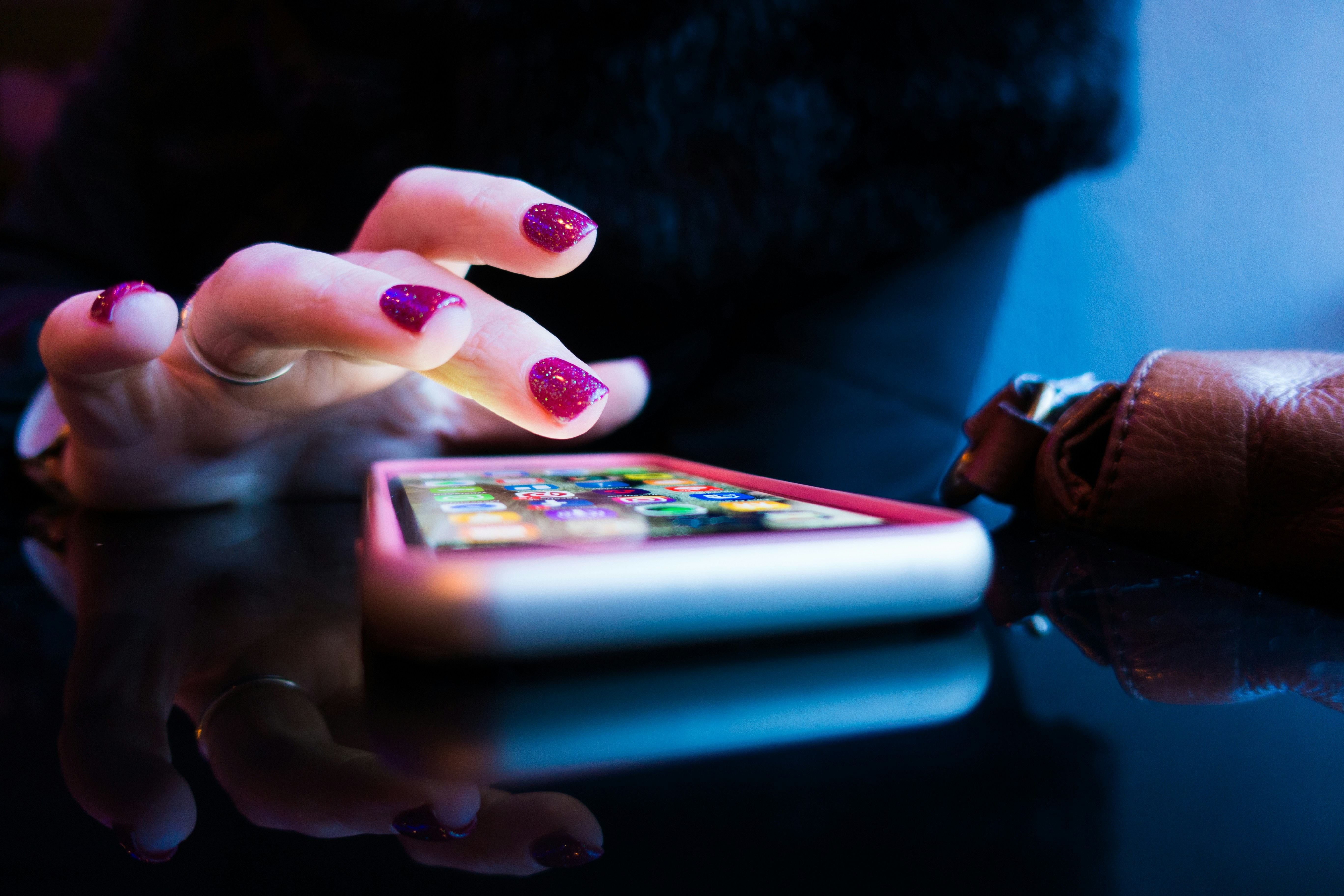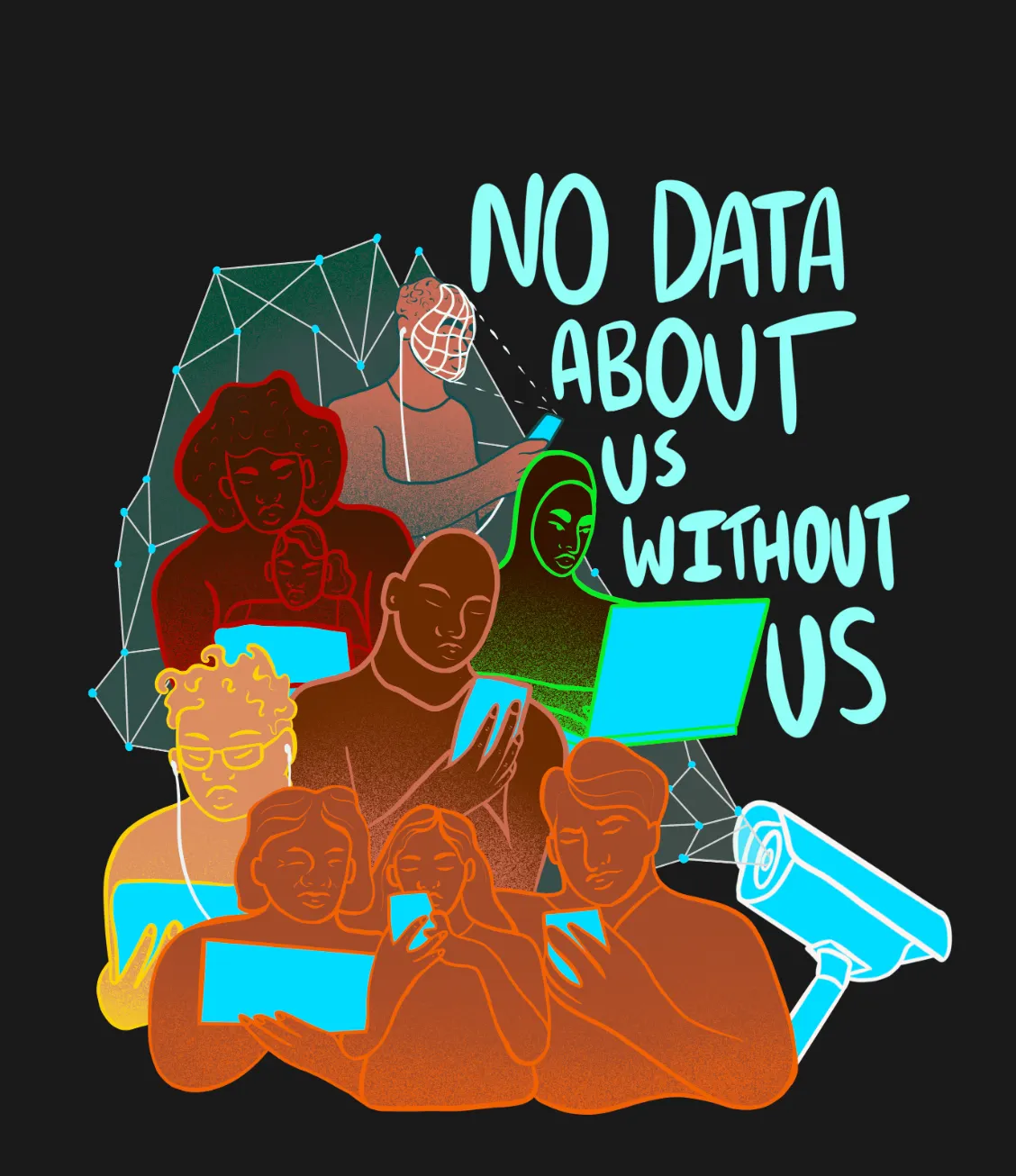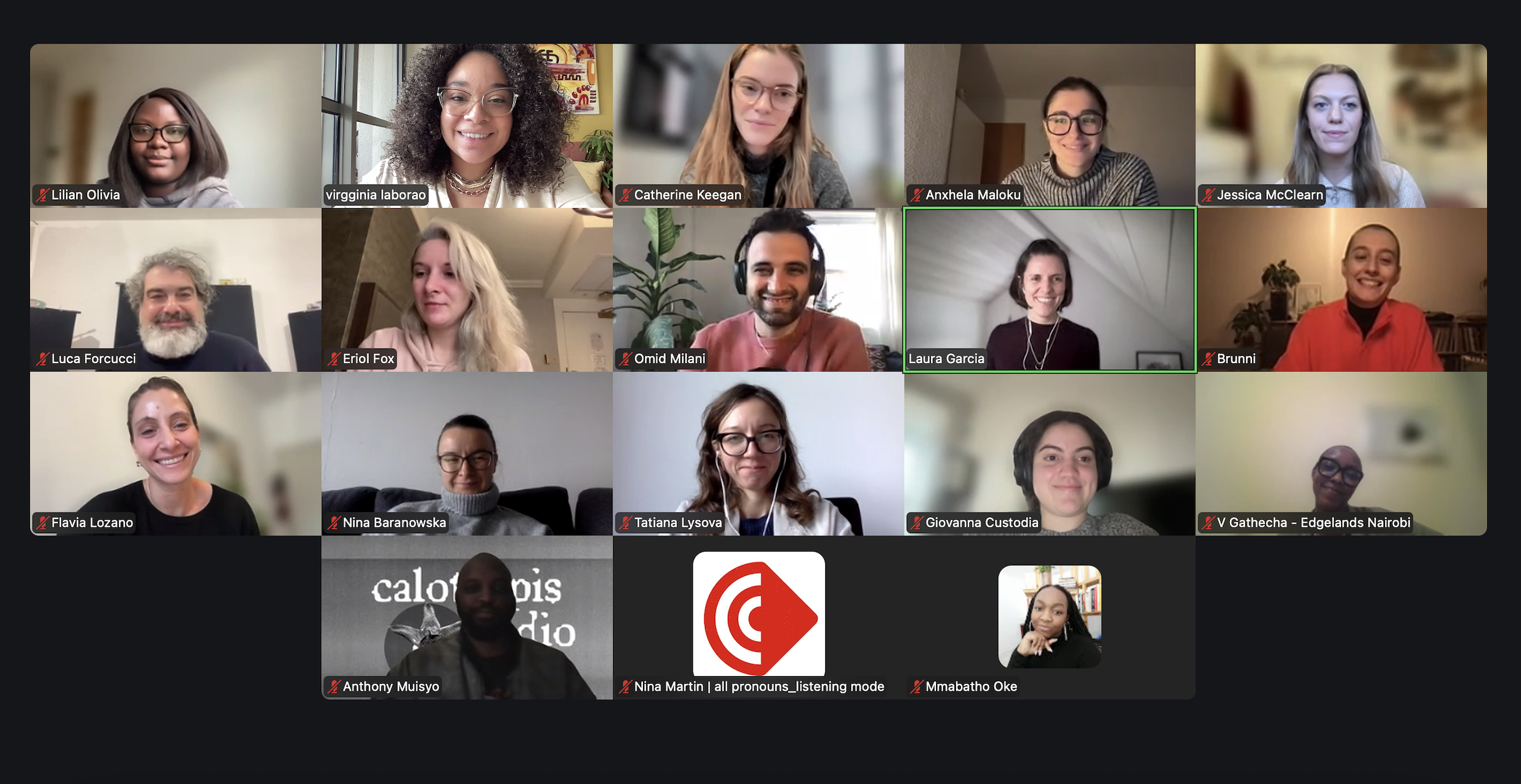Closing the Distance: How One Elementary School Used Surveillance Software to Facilitate Online Learning
What place does surveillance technology have in the classroom?

Photo by Maria Thalassinou for UNSPLASH
Each fall, hundreds of elementary students at Rocketship Rising Stars Academtake the standardized NWEA MAP exam on Chromebooks. Teachers walk through classrooms, offering encouragements and stickers as well as troubleshooting technical issues. In the fall of 2020, educators faced a daunting challenge: recreating that testing environment with each student alone in their own homes.
In response to this challenge, Rising Stars employed a service called GoGuardian. Remotely installed onto Chromebooks that the school had distributed to each student, GoGuardian was a cloud-based software that allowed teachers and administrators to monitor and control students’ Google Chrome windows in real-time, with functions including closing and opening tabs, blocking websites, and messaging individual students.
At Rising Stars, GoGuardian was initially meant to be used only to proctor the NWEA MAP exam. As the year went on, however, teachers began to experiment with its features in other contexts. Tracking student screens allowed them to simulate walking through the classroom and checking student work in person. Rather than waiting for students to submit an assignment and giving feedback only on the finished product, teachers were able to watch students’ thought processes and provide feedback in the moment. Ms. St. Marie, who teaches third grade, said she was able to notice when students were getting stuck and support them right away. Second-grade teacher Mr. Mautz echoed this sentiment, observing that replicating the “over-the-shoulder” presence made him feel more real to students and “took pressure off of them to articulate exactly what they were having trouble with.” (Meta-cognition, the ability to analyze one’s own thinking process, is a skill that students of this age are still developing.) Ms. Medart, a paraprofessional teacher who works closely with students with Individualized Education Programs, found that the ability to open tabs for her students helped enable them to keep up with class without worrying about how to navigate an internet browser.
Teachers also used GoGuardian tools to block distractions and safety risks. There was no standard blacklist – teachers developed their own lists through observation and experience. Some teachers blocked Google Hangout once they realized that students used it to talk to strangers. After seeing GoGuardian’s aggregated data on the websites that students were accessing most often, fourth-grade teacher Ms. Carballo blocked sites like YouTube, Pinterest, and Target during school hours.
Prior to distance learning, GoGuardian had come under scrutiny by student privacy advocates for its ability to surveil students during personal time and across personal activities.The Electronic Frontier Foundation, for instance, argued that platforms like GoGuardian infringe student data privacy, store more data for longer durations than necessary, and “normalize and codify the use of surveillance in schools.” These concerns were exacerbated during distance learning, when the line between private and public was further blurred. At Rising Stars, teachers tried to be mindful of student privacy by self-imposing limits on their use of GoGuardian, as well as making it clear to students what its purpose was. Ms. Carballo deactivated site blocks during lunchtime and after school hours, making a point to discuss the difference between school time and personal time with her students. Other teachers reported holding similar conversations about time management and found that GoGuardian helped to delineate between school and home, even though both were happening in the same place.
Students’ families appreciated this delineation as well. Through GoGuardian, teachers could open Zoom sessions for students who were not in class when they needed to be. This decreased the need for families to monitor their children during school hours. Direct messaging reduced the intermediary role that families had to play between teachers and students as well. Some families expressed receiving a sense of security from certain website blocks. As teachers gained back the ability to manage students through their devices, they also gained back the responsibility to do so during school hours – lightening that responsibility for families.
Not all students welcomed the software. Some turned off their computer to get away from interacting with teachers, and others would become frustrated when their off-task tabs were closed during class. Some wished they could access blocked sites during school hours when they finished their work early. However, teachers reported a positive or neutral response overall. Even teachers who did not use site blocks noticed a significant decrease in off-task behavior once students realized they would be held accountable for their browsing during class. Mr. Mautz attributes this to Rising Stars’s culture of building strong relationships with students, so that they could trust teachers to act in good faith. Mr. Sandoval, an assistant principal at Rising Stars, saw students responding to GoGuardian in the same way they would respond to teacher oversight generally – some tried to get around it, most didn’t mind, and some appreciated its presence.
While it had been immensely useful during distance learning, most teachers at Rising Stars imagined only a limited role, if any, for GoGuardian in the normal classroom environment. Fourth-grade teacher Ms. Boyle was one of several staff members who thought they could make use of the service during center rotations, when teachers would work with a rotating small group of students while the rest of the class completed an independent assignment. But in most contexts, teachers preferred to use their in-person classroom management skills rather than monitoring students through a screen. “We have lots of other tools in our toolbox,” said Mr. Sandoval. “We taught without GoGuardian before, and we’ll be okay without it next year, as long as it’s in person.” GoGuardian allowed teachers at Rising Stars to find innovative solutions for the problems of quarantine; absent the specific context of distance learning and one-to-one devices for each student, GoGuardian offers less value for elementary schools, where students tend to have less online presence than their older peers.
As distance learning parked elementary students in front of screens and put devices into their hands, teachers worried about the habits they were unconsciously developing. “The Internet can be a great resource, but kids are being exposed to a lot very early,” said Ms. Carballo. “Teachers and parents need to work together to guide them.” In an ordinary school year, this guidance may not need to include platforms like GoGuardian, but it will continue to require conscientiousness and innovation from adults in response to students’ evolving relationships with technology.
Footnotes:
- Rocketship Rising Stars Academy is a TK-G4 public charter school in San Jose, California. Around 60% of students at Rising Stars identify as Hispanic, and around 30% identify as Vietnamese. A majority of students are classified as English Language Learners, and a majority qualify for the Free or Reduced Lunch program. Special thanks to Rising Stars staff Riley St. Marie, Bradley Mautz, Kelli Medart, Jennifer Carballo, Hector Sandoval, and Caroline Boyle.
- GoGuardian also offers a flagging feature for keywords and phrases indicating suicide risk and other concerns, but this feature was not widely used at Rising Stars.
- The exact extent of personal privacy for students remains a subject of debate in the U.S., as seen in the recent Supreme Court case Mahanoy Area School District v. B.L., 594 US __ (2021).



